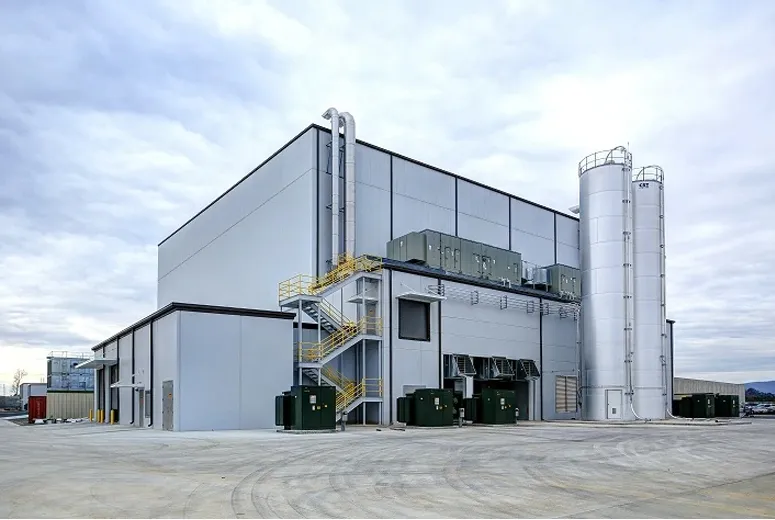- Afrikaans
- Albanian
- Amharic
- Arabic
- Armenian
- Azerbaijani
- Basque
- Belarusian
- Bengali
- Bosnian
- Bulgarian
- Catalan
- Cebuano
- Corsican
- Croatian
- Czech
- Danish
- Dutch
- English
- Esperanto
- Estonian
- Finnish
- French
- Frisian
- Galician
- Georgian
- German
- Greek
- Gujarati
- Haitian Creole
- hausa
- hawaiian
- Hebrew
- Hindi
- Miao
- Hungarian
- Icelandic
- igbo
- Indonesian
- irish
- Italian
- Japanese
- Javanese
- Kannada
- kazakh
- Khmer
- Rwandese
- Korean
- Kurdish
- Kyrgyz
- Lao
- Latin
- Latvian
- Lithuanian
- Luxembourgish
- Macedonian
- Malgashi
- Malay
- Malayalam
- Maltese
- Maori
- Marathi
- Mongolian
- Myanmar
- Nepali
- Norwegian
- Norwegian
- Occitan
- Pashto
- Persian
- Polish
- Portuguese
- Punjabi
- Romanian
- Russian
- Samoan
- Scottish Gaelic
- Serbian
- Sesotho
- Shona
- Sindhi
- Sinhala
- Slovak
- Slovenian
- Somali
- Spanish
- Sundanese
- Swahili
- Swedish
- Tagalog
- Tajik
- Tamil
- Tatar
- Telugu
- Thai
- Turkish
- Turkmen
- Ukrainian
- Urdu
- Uighur
- Uzbek
- Vietnamese
- Welsh
- Bantu
- Yiddish
- Yoruba
- Zulu
Nov . 13, 2024 21:20 Back to list
The Evolution and Benefits of Steel Structure Building Construction
Steel structure building construction has emerged as a favored method in the architecture and engineering sectors, transforming how we erect buildings
. As urbanization accelerates and the demand for versatile construction solutions increases, steel structures provide several advantages that contribute to their growing popularity.One of the most compelling attributes of steel as a construction material is its strength-to-weight ratio. Steel is exceptionally strong, allowing buildings to reach unprecedented heights and withstand heavy loads. This property is particularly beneficial in high-rise construction, where traditional materials may struggle to meet design and safety requirements. Additionally, the lightweight nature of steel reduces the foundation requirements, making it possible to build on softer ground and minimizing excavation costs.
In comparison to traditional construction materials such as concrete or wood, steel offers superior durability and resilience. Steel structures are less susceptible to issues such as rot, pests, and weather-induced wear. This longevity results in lower maintenance costs over the lifespan of a building. Moreover, steel's inherent resistance to natural disasters, such as earthquakes and hurricanes, makes it an ideal choice for construction in areas prone to such events.
Another significant advantage of steel construction is its sustainability. Steel is 100% recyclable and can be repurposed without a loss of quality. The modern steel industry has made significant strides toward reducing its carbon footprint, utilizing energy-efficient practices in production and transportation. By choosing steel as a primary building material, developers can contribute to environmental sustainability while also meeting the increasing demand for greener buildings.
steel structure building construction

The construction process for steel structures is also often faster and more efficient than conventional methods. Pre-engineered steel components can be fabricated off-site, allowing for simultaneous site preparation and construction activities. This parallel workflow can significantly reduce overall project timelines. Once at the site, steel components can be quickly assembled, resulting in faster project completion and reduced labor costs.
Moreover, the flexibility of steel allows for versatile design options. Architects and builders can manipulate steel to create innovative and complex designs that would be challenging with other materials. This adaptability supports a wide range of applications, from commercial high-rises to residential homes, warehouses, and bridges.
In recent years, the integration of technology in steel construction has further enhanced its advantages. Building Information Modeling (BIM), for instance, allows for improved planning and coordination, minimizing errors and material waste. Advanced fabrication techniques, such as 3D printing, are also being explored to optimize the efficiency of steel structure construction.
In conclusion, steel structure building construction represents a progressive approach to modern architecture and engineering. Its remarkable strength, durability, sustainability, efficiency, and design flexibility make it an ideal choice for a wide range of building projects. As industries continue to evolve and adapt to the changing demands of urbanization and environmental responsibility, steel construction will undoubtedly play a pivotal role in shaping the cities of the future. The ongoing innovations within this field only promise to enhance its credibility and effectiveness as a leading construction method.
-
How Do Prefabricated Steel Structures Transform Modern Construction?
NewsJul.14,2025
-
How Do Prefabricated Metal Buildings Redefine Modern Construction?
NewsJul.14,2025
-
How Do Prefab Insulated Metal Buildings and Steel Structures Revolutionize Modern Construction?
NewsJul.14,2025
-
How Do Pre - Engineered Steel Structures Redefine Modern Construction?
NewsJul.14,2025
-
Advancing Modular Construction with Prefabricated Metal Structures
NewsJul.14,2025
-
Advancing Industrial Infrastructure with Prefabricated Steel Solutions
NewsJul.14,2025
Products categories
Our Latest News
We have a professional design team and an excellent production and construction team.












